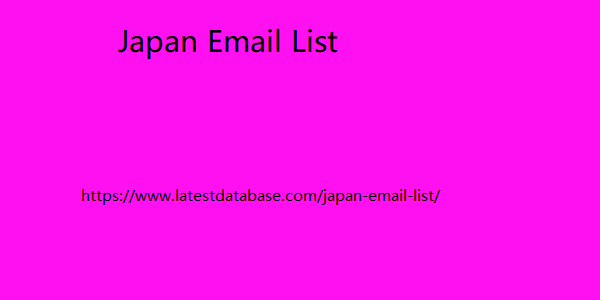- 註冊時間
- 2024-5-16
- 最後登錄
- 2024-5-16
- 閱讀權限
- 10
- 積分
- 5
- 精華
- 0
- 帖子
- 1

該用戶從未簽到
|
Flexible working is that employees equate flexibility with the desire to mix their work and personal lives during the day. To gauge this, gallup asked american employees which of the following work schedules they would prefer monday through friday, regardless of whether they work remotely or in the office: a job in which you work from 9 am to 5 pm and perform other activities before or after work (gallup calls these employees “splitters”, something like “separators” — those who can separate their professional and personal areas well). A job in which you alternate between work and other life activities during the day (gallup calls these employees “mixers”). The study results revealed a surprising 50/50 split: 50% of the u.S. Workforce would prefer to be sorters and 50% would prefer to be mixers. Understanding these preferences is essential. When organizations don't know employees' preferences for how they want to work, it can lead to lower engagement , feelings of disrespect, and more burnout for everyone.
There is no one-size-fits-all approach to flexible working, and the ideal strategy for one organization may not be suitable for another. Whether their work arrangements are fully remote, hybrid, or in-person only, when employees' schedules match their Japan Email List preferred work style, only 22% say they feel burned out very often or always; 35% feel engaged; and 46% say they are looking for or are actively looking for a new job. However, when employees' schedules are misaligned with their preferences, 35% say they feel burned out very often or always; 26% feel engaged; and 60% say they are looking for a new job or actively looking. When developing a flexible work strategy that effectively increases engagement and well-being, leaders must first understand their employees' preferences. Strategy #2: switch from shows to conversations organizations often offer elaborate wellness programs and services that do not meet the majority of employees' needs.

Senior management may feel these programs are generous, and we know this because 65% of chros believe their organization cares about the well-being of its workforce. However, even when these programs require large investments, very few employees tend to take advantage of them. Worse still, in the us, less than a quarter of employees fully agree that their employer cares about their well-being. Care is not a program — it's a relationship. The most important relationship you can have at work is with your manager. However, according to a 2022 gallup chro roundtable survey , training for managers primarily focuses on wellness programs (72%), while only 49% report that they train their managers on how to have a wellness conversation with your team . Change your training to focus on demonstrating care and building relationships, rather than outsourcing it to a program that few will enjoy in the end.
|
|